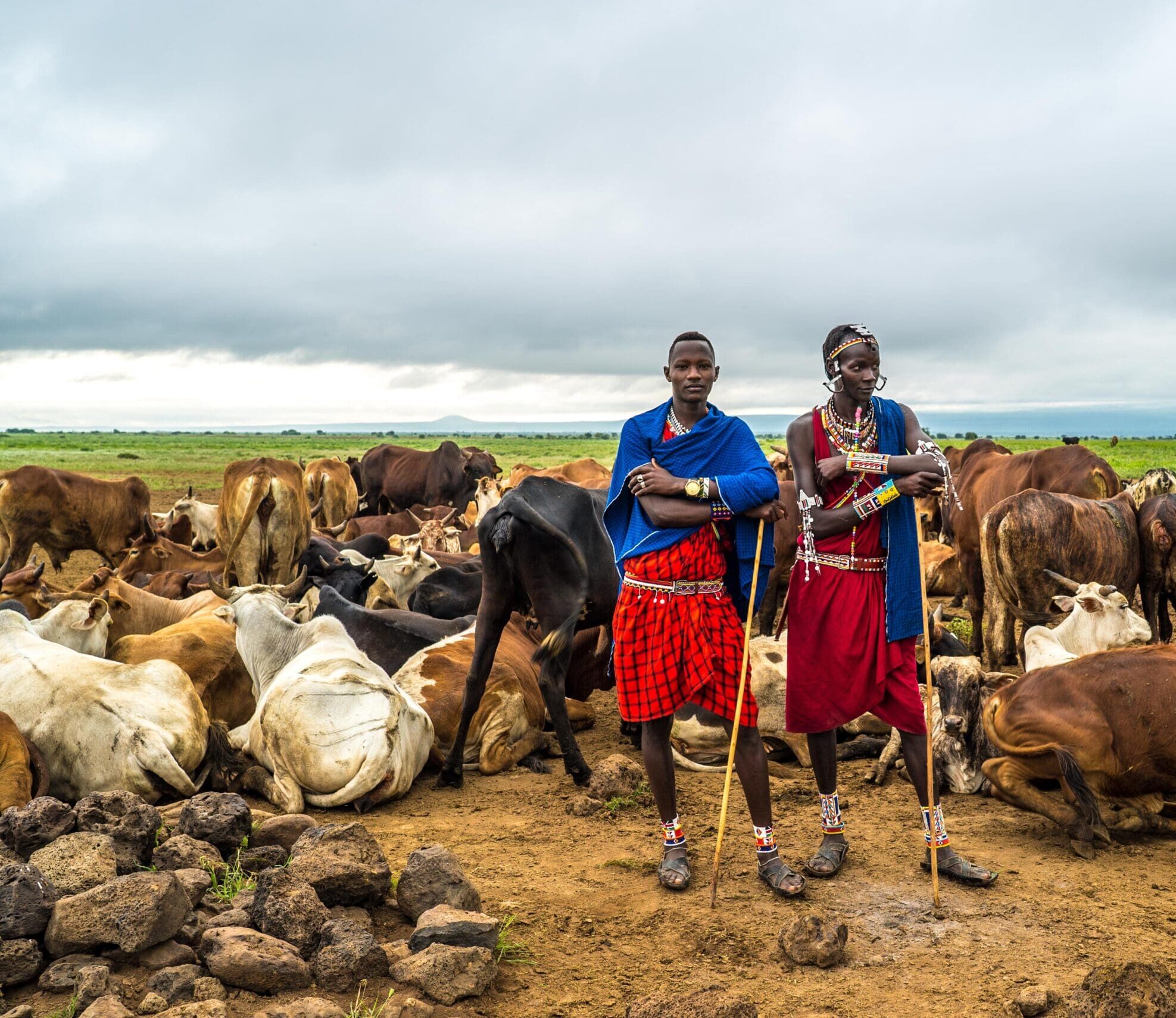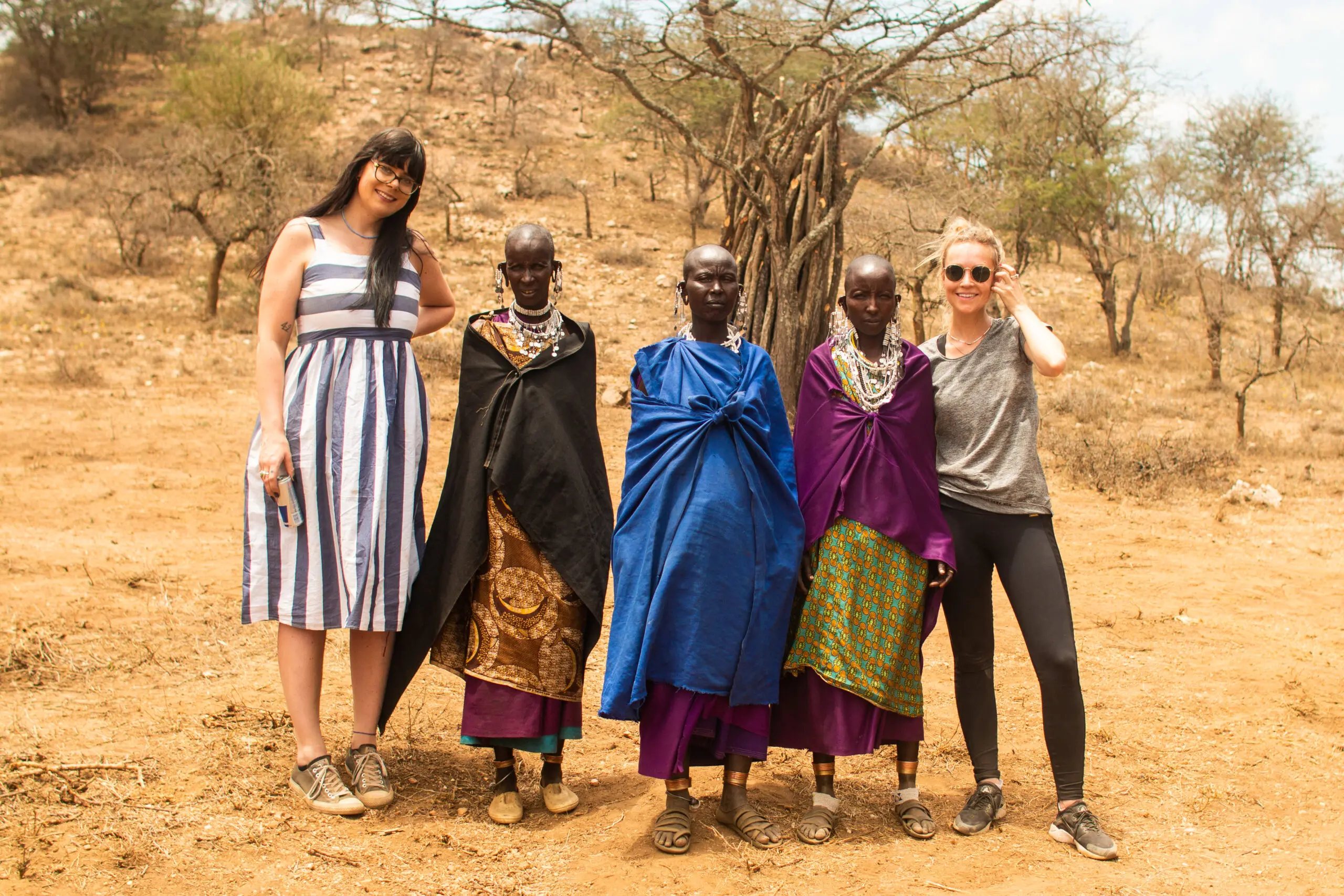Cape Town
The Mother City of South Africa has it all: hip food markets, luxurious beaches, rich history and a diverse landscape. From vineyards to mountains and colourful culture, Cape Town continues to surprise. Let us take you to discover this vibrant city!
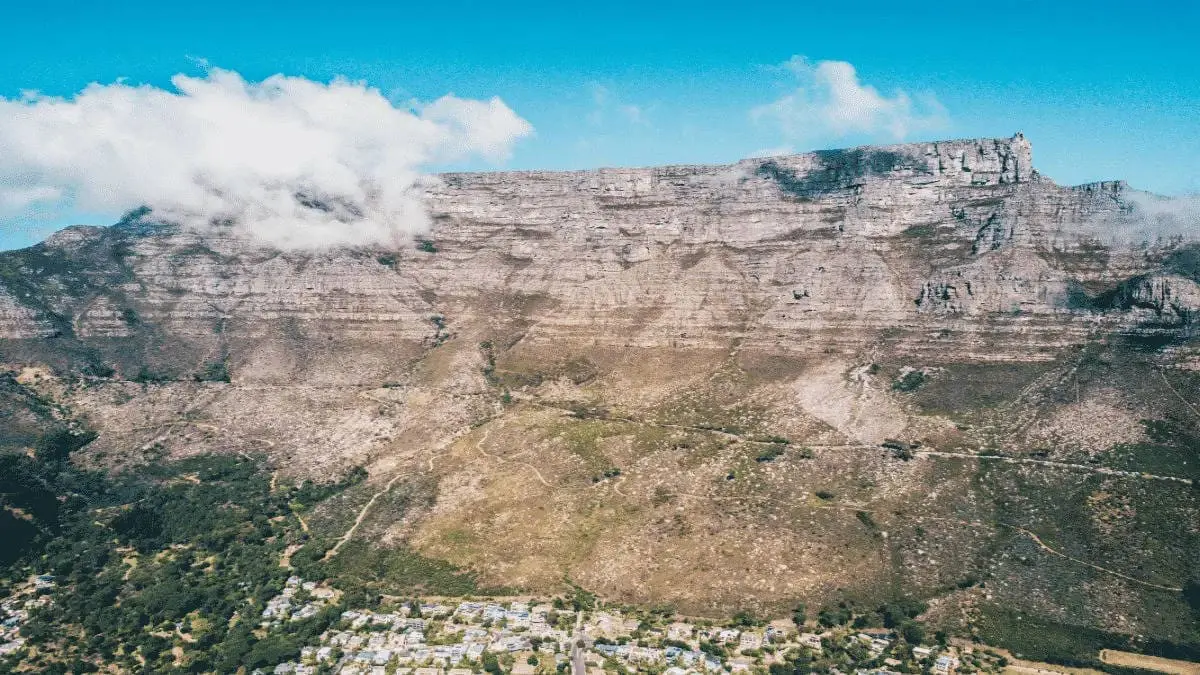
Cape of Storms or Cape of Good Hope
Cape Town owes its name to its location near the ‘Cape of Good Hope’. The Portuguese had actually given the city another name at first: ‘Cape of Storms’. Later they changed this to a name that sounded a bit more positive. It was the Portuguese – not the Dutch cheeseheads! – who were the first to discover Mossel Bay and Cape Town in the fifteenth century. For example, the Portuguese António de Saldanha was the first to discover Table Mountain in 1503 – and climb it!
100 years later...
Yet, on the Cape, you often find yourself on what used to be Dutch territory. In 1611, the Dutch came into the picture. They decided to cross the Cape towards the Indies, because the coastline of East Africa was known to be dangerous. The British also waited a few years, until 1620, before claiming the Cape! Although you are on the other side of the world, you can still see the Dutch influences everywhere. Because of this rich history, every corner of the street is characterized by its own story.
Do you really want to experience this? Then get a take-away meal in one of the restaurants that Cape Town has to offer and enjoy the sunset on Signal Hill, also called Signal Hill during the colonial period. They used signal shots to warn ships of bad weather. The tradition arose to do this every day at exactly 12 noon. Nowadays, this is still done and this shot can be heard every day in a large part of the city.
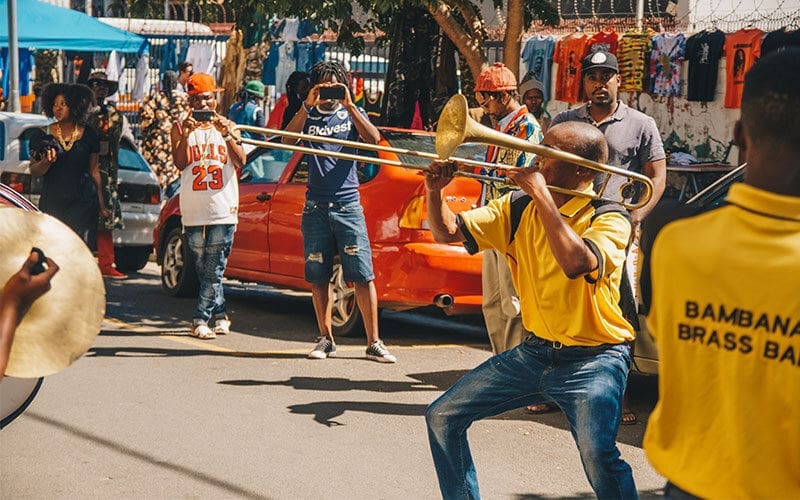
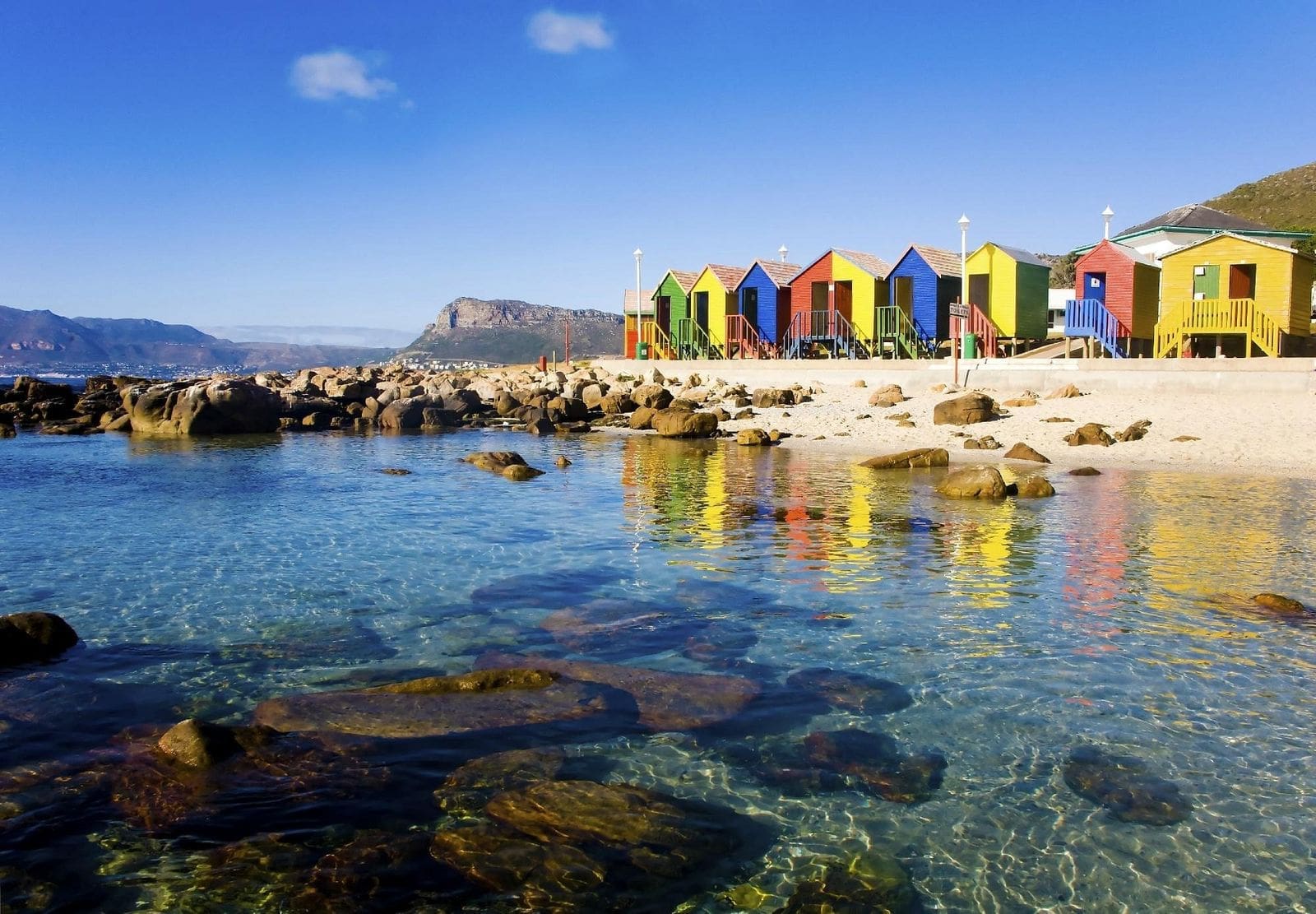
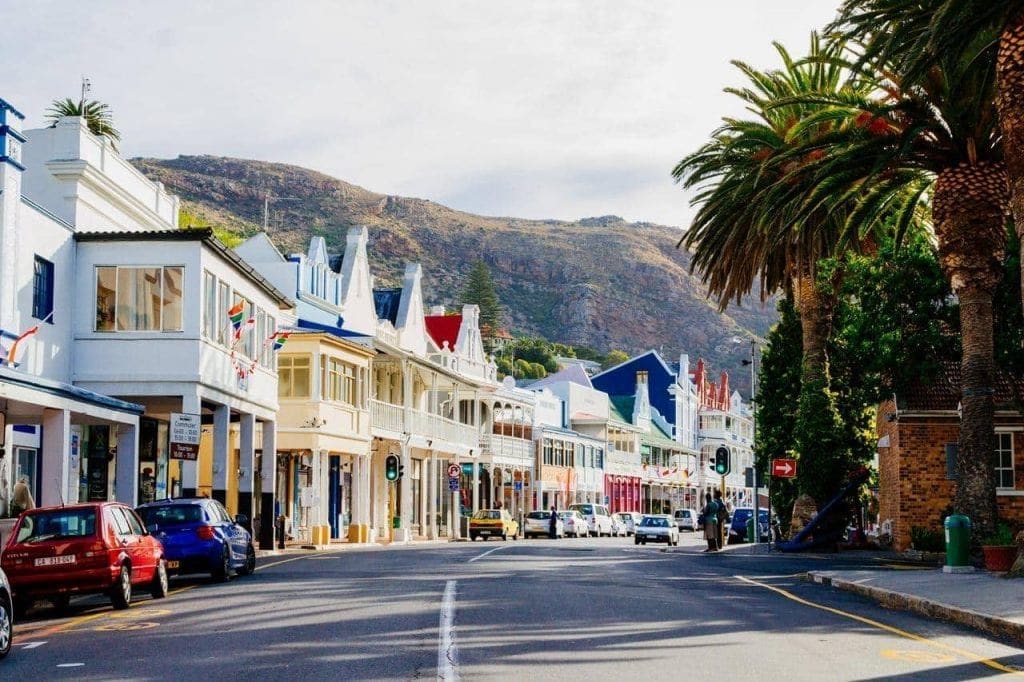
Why does everyone fall in love with Cape Town?
What makes this world city so special? It simply has it all! It is a unique feeling that you will experience when you visit the city. Its charming, colorful and versatile appearance makes it one of the most beautiful cities in the world. It is a city with many faces that is characterized by a rich history. In addition to the vibrant city life, you will find white sandy beaches, colorful flower fields and impressive mountains. Oh, and penguins of course! The choice of activities is large: visit Robben Island, climb Table Mountain, literally taste the culture in Bo-Kaap, dance and braai at a local restaurant, waddle through the vineyards after a wine tasting, snowboard from white sand dunes, enjoy the beach and experience the (affordable) gastronomic cuisine. Plan a tour of the Cape Peninsula and tick off all the highlights in one day, check more about this route here . Fancy a culinary day? Then plan a visit to the winelands. Read more about the different wine regions around Cape Town here .
The perfect day in Cape Town
Climb Table Mountain or Lion’s Head and go for a 360 degree panoramic view of Cape Town. Take a spin at the top and you will see that this city is endless, perfect to spend a few days here.
Start in one of the trendy breakfast places in Cape Town. Visit the District Six museum and check out the street art in the area. Drive towards Kalk Bay and taste the fresh fish in the harbour after which you can enjoy a sundowner on one of the awesome rooftops in Cape Town. End the day with a good dinner, because Cape Town is Argentina’s biggest rival when it comes to fresh steak and good wines. Cheers and enjoy your meal! For those who still feel like dancing… this will continue until the early hours. You will see when you visit Cape Town that the days are too short. Our advice: do you really want to live like a ‘Capetonian’? Then plan enough days in Cape Town!
After all those Burgundian refreshments, there is nothing better than exercise! Cape Town is also a paradise for sports enthusiasts. Go surfing in Muizenberg, snorkel with seals or go kiting in Blouberg. Climb one of the 12 Apostles or go cycling on the boulevard of Sea Point. Swimming with penguins or kayaking with dolphins, we could go on and on. If this all sounds far too sporty, you can of course just bake on one of the beautiful beaches.
Robben Island: Cape Town's impressive museum island
When you stroll along the modern V&A Waterfront, the contrast could not be greater. Where on the mainland you are still between the Sunglass Huts, oyster bars and other chic shops and restaurants, Robben Island is suddenly a dull, bare and windy island. At the Nelson Mandela Gateway on the V&A side you board a ferry boat, after which the group is divided into different groups upon arrival on the island. We are summoned to take a seat in a bus, after which we are given a tour of the island.
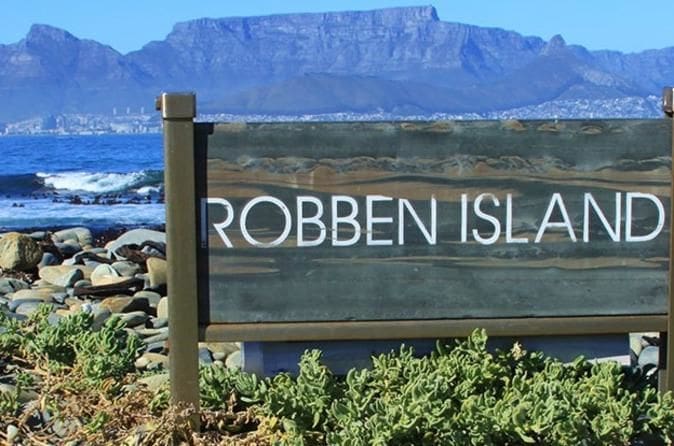
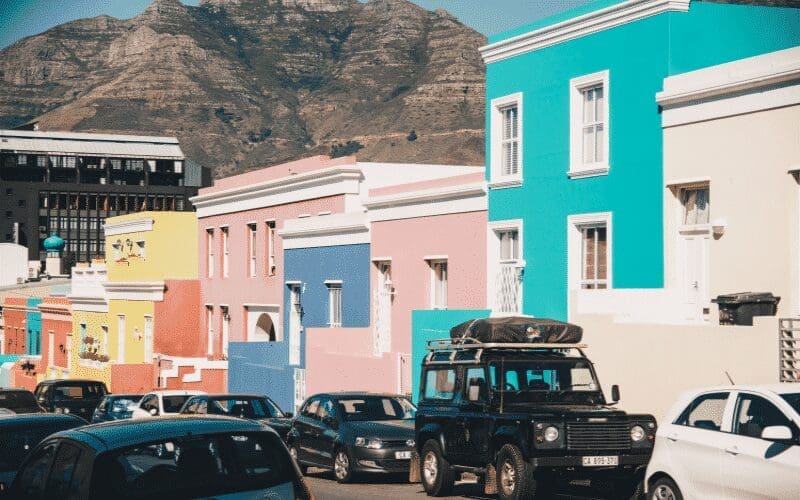
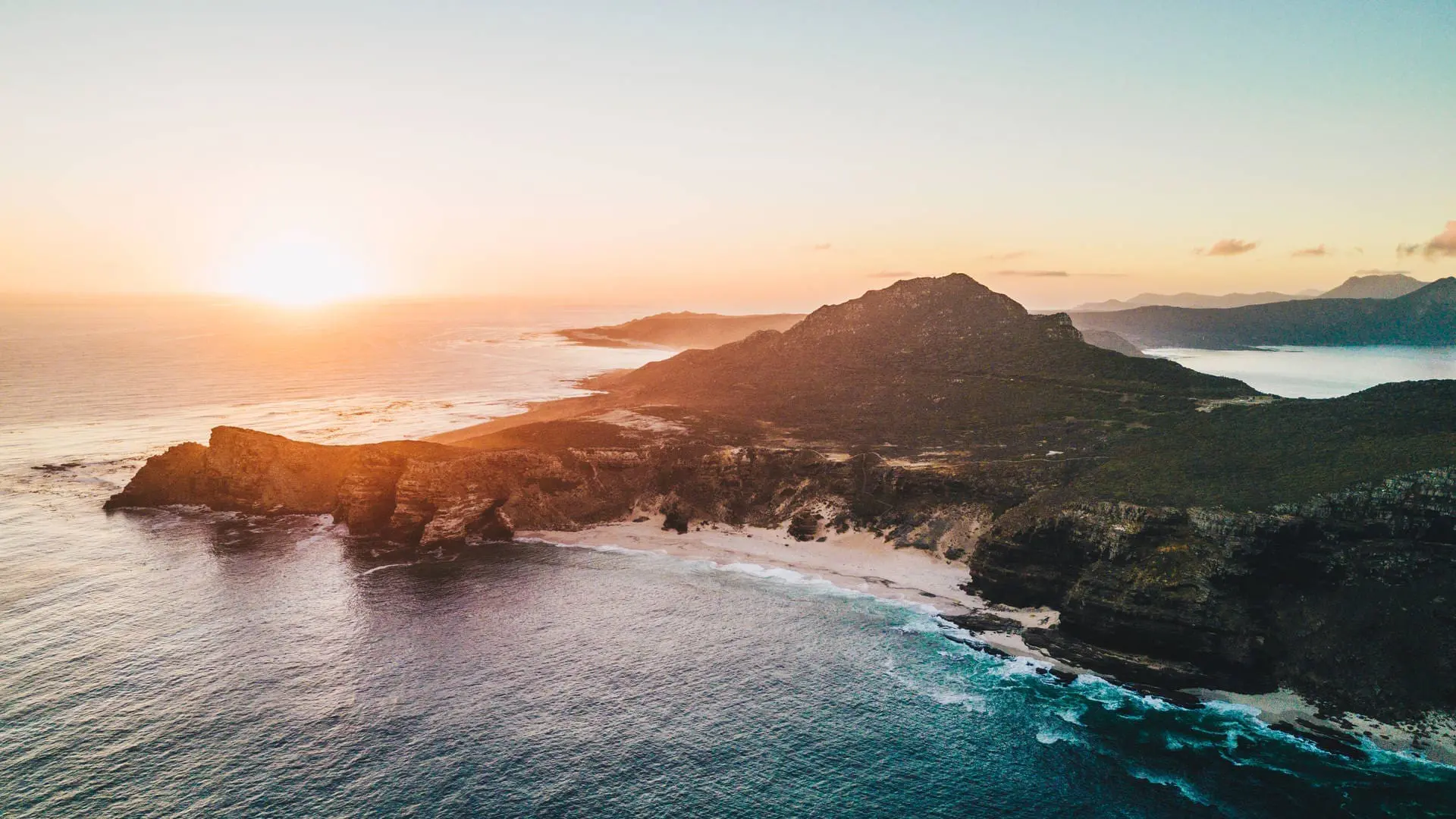
“The island is still in exactly the same condition as it was when it was a prison island,” our guide Mike tells us, “the only difference is that there are no more prisoners.” We later go to the prison complex, but already see the village where prison guards lived with their families. The village is very similar to the villages you often encounter in the Netherlands: in the middle there is a white church, there is a café and we drink a cup of coffee in a kind of canteen on the waterfront, with a very nice view of Cape Town in the distance. Every now and then we see a penguin walking around.
We stop briefly at a quarry, where prisoners used to have to work in very poor conditions. Marl was extracted here, which was used to build the roads on the island. In the summer (when it is winter in the Netherlands), it is extremely dusty and hot here.
In the middle of the quarry lies a pile of stones. “This pile of stones symbolizes the unity that South Africa can be,” says Mike. “You see large, small, white and black stones. It shows how we can be one despite our differences.” Nelson Mandele once laid the first stone here, followed by other ex-prisoners. We are not allowed to leave the bus, says Mike, because tourists had previously scratched their names into the edges of the quarry.
Black South Africans came off worst, Asians, for example, were given a bit more to eat.
Then we arrive at the prison, where we are given a tour by Thulani Mabaso. This man, already quite elderly, is not just a tour guide who tells groups of tourists about some sights – no, Mr Mabaso himself was imprisoned on Robben Island. He was a political prisoner.
That makes quite an impression, when you realise that the man you just shook hands with was imprisoned on this barren island for years. Together with ex-presidents Nelson Mandela, Kgalema Petrus Motlanthe and Jacob Zuma, Mabaso was imprisoned for 2,190 days.
Mr Mabaso leads us through all the rooms, corridors and rooms of the prison, which closed its doors in 1996. When we arrive at Mandela's cell, everyone wants to take a picture. Meanwhile, Mabaso tells us that people here were given food based on skin colour: black South Africans were the worst off, while Asians, for example, were given a bit more to eat.
Thulani Mabaso was in prison because he had detonated a bomb as an active member of the ANC, injuring more than 50 people. At the age of 19, he was sentenced to 18 years in prison. In an interview with The Guardian, he previously said: "I could have killed people, but that was not my goal. I wanted to send a message."
Mabaso was released in 1991, after the ANC had negotiated with the then white president that all political prisoners would be released. Eleven years later, he returned to Robben Island, this time as a tour guide. “It still hurts when I share my stories with visitors. But people need to hear this story, people need to understand Apartheid. People need to know how horrible it was to be a prisoner on Robben Island. I hope to make the future better, by making people understand history.”
Discover more of South Africa
Or go through all our unique and authentic experiences
Kosi Bay
This reserve with lush nature and six lakes offers one of the best-preserved estuaries along the Indian Ocean coast.
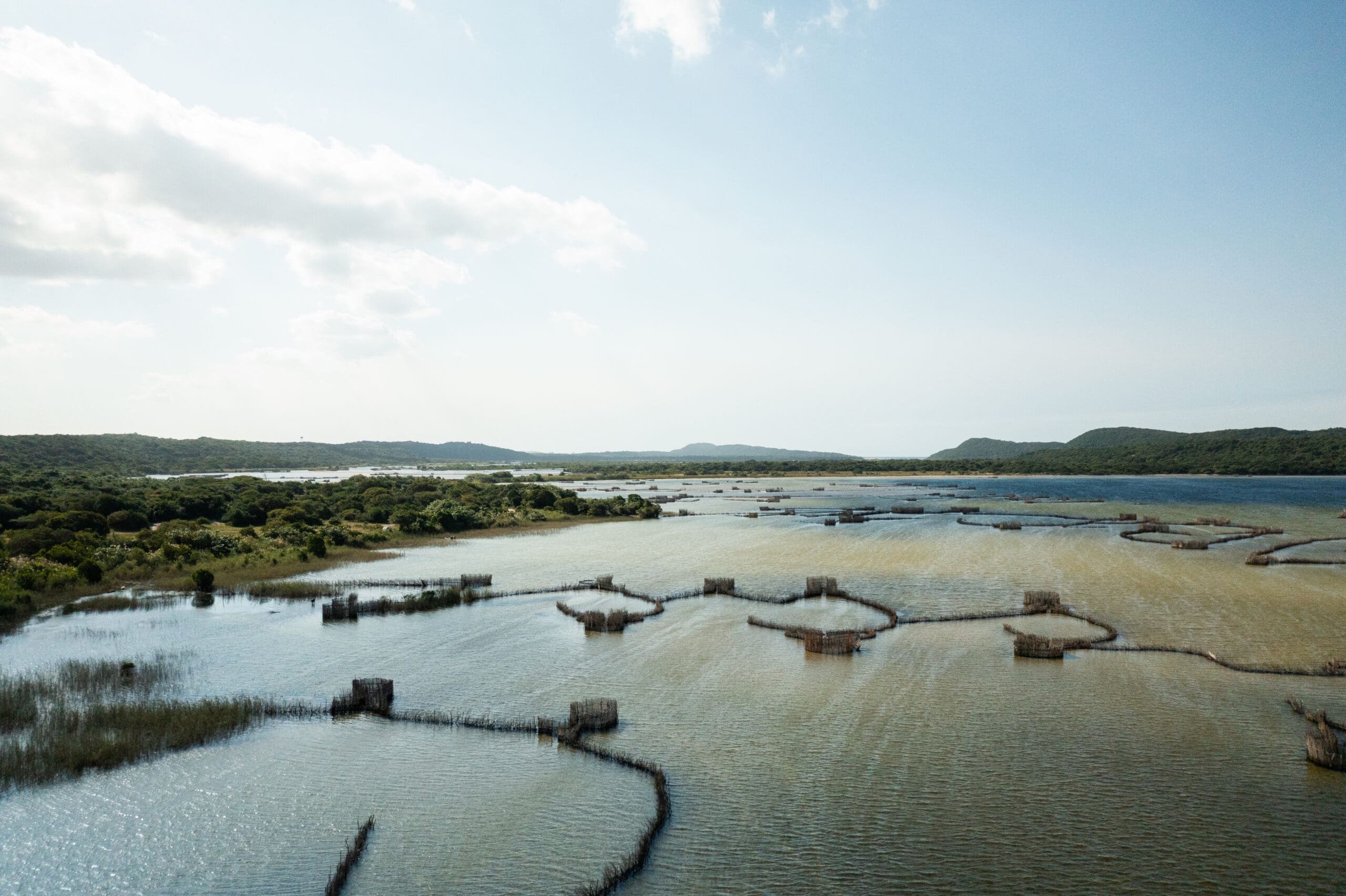
Greater Kruger
Here, you set off on an adventure with a ranger in the dense bush. No paved roads and no self-drive.
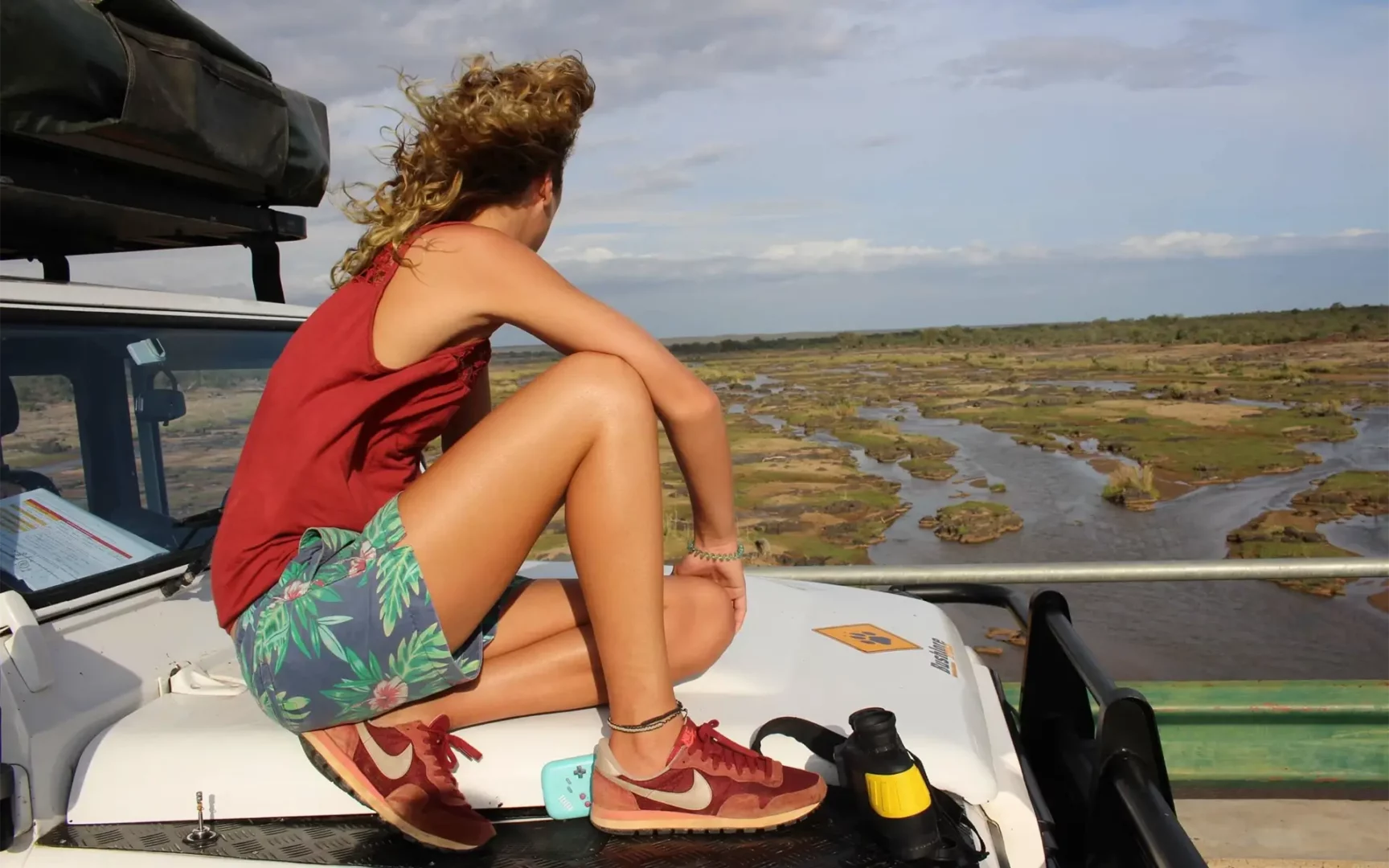
Discover unspoiled South Africa
Enjoy vast panoramas, rolling green hills, and a hundred-meter-long waterfall.
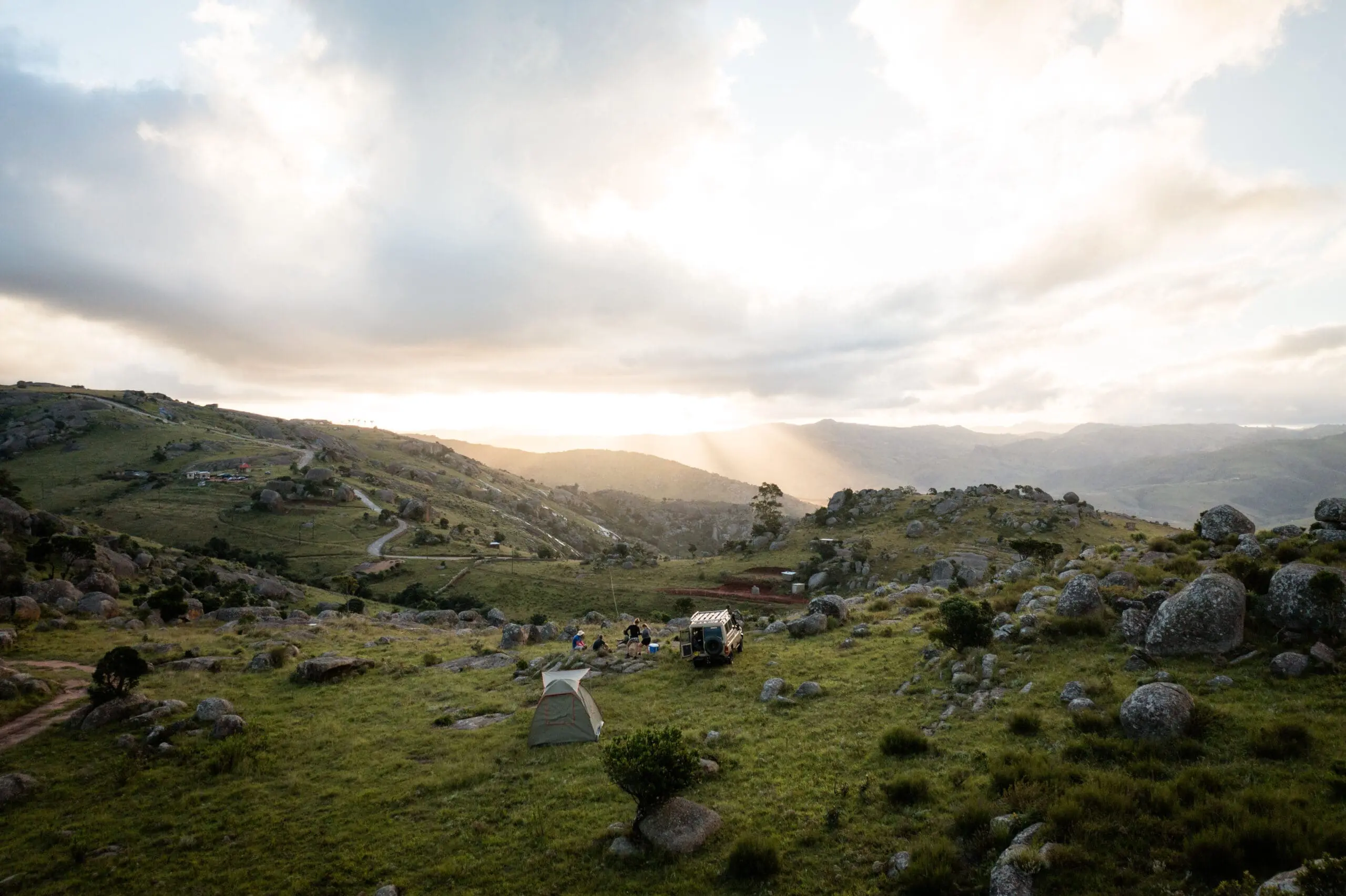

Need travel advice? Ask our Africa experts
Hungry for the unknown? Our Africa experts have answers to your pressing questions.
